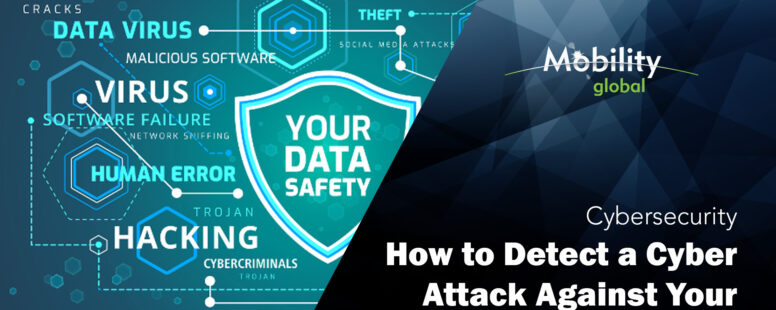From buses to trains and aircrafts, from vending machines to autonomous robots operating logistical centers, from smart meters to power grids, all are connected today through network infrastructures. The digital transformation touched all industries across the globe, improving productivity, increasing profitability and creating brand new revenue streams for businesses.
Smart, connected things are changing the way we live and work. From smart devices, to smart homes, to smart buildings, to smart cities all create massive business opportunities. But they also impose risk to business through cybercriminal exploitation.
IoT devices are both targets and tools in the hands of skilled attackers. Keeping these devices safe requires a different approach compared to traditional endpoints.

